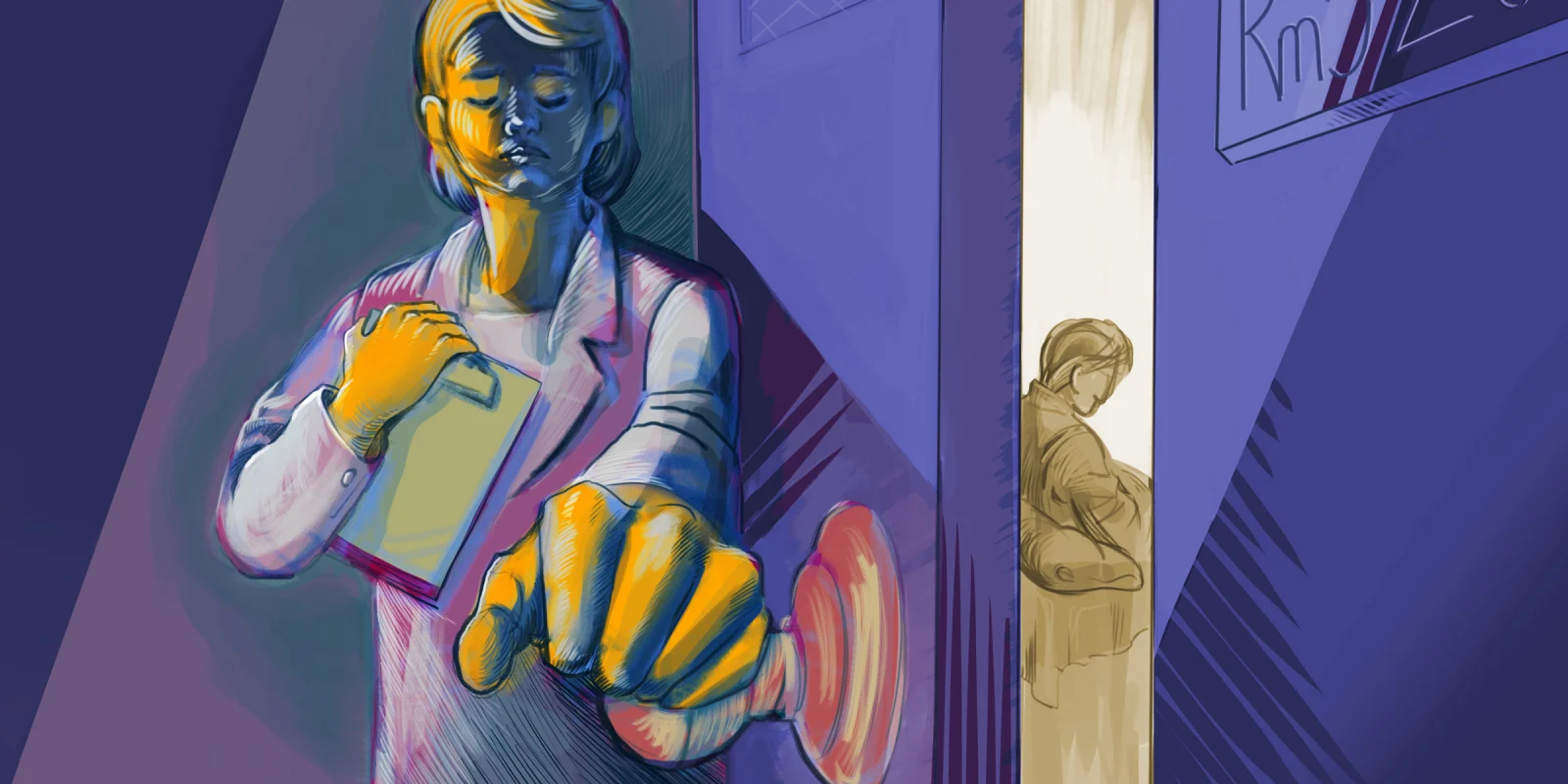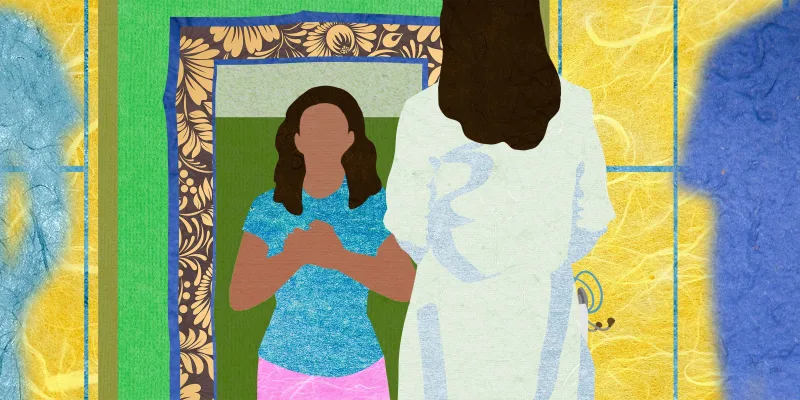Sixty-four percent of clinicians have felt physically unsafe at work, according to a May 2023 poll of 4,818 clinicians. The figure is higher yet for women (76%) and clinicians under 40 (69%).
Medical Workplace Safety is a Growing Concern
Nearly 75% of the 25,000 annual U.S. workplace assaults occur in health care settings, and rates of threats and attacks have increased dramatically over the last decade. In the U.S., injuries caused by violent attacks against medical professionals grew by 63% from 2011 to 2018. The WHO estimates that up to 38% of health workers experience physical violence during their career, and many more are threatened with verbal aggression.
While doctors frequently cite caring for their patients as the most rewarding part of their job, threats and acts of violence from just one patient can have an outsized impact on physicians. Within the health care and social assistance sectors, workplace violence was responsible for 13% of work absences. In addition, financial losses for health care institutions have been estimated to be as high as $107,000 for a single incident.
Many doctors face heightened safety risks, particularly front-line health care workers and physicians targeted by gender-based, sexual, and racialized violence.
The Data: Women, Younger Clinicians Especially Vulnerable
Seventy-six percent of women who voted reported they have felt physically unsafe at work, compared with 51% of men. This finding supports research showing that women physicians are twice as likely to be verbally mistreated by patients and visitors.
Meanwhile, 30% of U.S. physicians have recently experienced a situation where a patient made a racist comment about them, and doctors who’ve fought racial health inequities have also been targeted.
Younger physicians reported feeling less safe at work than their older counterparts: 70% of clinicians ages 30-39 reported feeling physically unsafe at work, compared to 68% of clinicians aged 40-49, 64% of clinicians aged 50 to 59, 59% of clinicians aged 60-69, and 49% of clinicians 70 and over.
One explanation for this trend may be that these younger physicians have less experience and less confidence in managing workplace violence situations. In a study of ER residents, 66% reported experiencing at least one act of physical violence during an ED shift by a patient or visitor, while only 17% of residents reported prior training with violence prevention or de-escalation techniques.
Perceived Risk Depends Upon Specialty
Physicians’ perceived risk of workplace violence also varies by specialty. Clinicians working with patients struggling with addiction and other mental health disorders, for example, face a heightened risk of violence. Indeed, over 90% of emergency medicine physicians and 85% of psychiatrists reported feeling physically unsafe at work.
EM physicians reported feeling most unsafe at work: Nearly 30% of EM physicians reported feeling physically unsafe at work “often,” and 64% responded feeling physically unsafe at work “on occasion.” Violent incidents in EDs doubled during the COVID-19 pandemic, and have remained elevated since. In a study with over 170 ED directors, 32% of respondents reported at least one verbal threat per day, and 18% noted that weapons were displayed in a threatening manner at least once per month.
Similarly, among psychiatrists, 86% reported feeling unsafe at work, 18% of whom feel unsafe often. Research has shown that 40% of psychiatrists will experience a nonfatal assault at some time during their career.
How Doctors Can Encourage Workplace Safety
Violence prevention and conflict de-escalation training has been shown to increase clinician confidence in coping with patient aggression. Small environmental design changes such as natural surveillance and access control may also affect the rates of violence against staff.
On a larger scale, some hospitals have adopted stricter policies banning violence, as well as offensive, abusive, and discriminatory language and behaviors. Criminalizing violence and threats against health care workers has gained traction at the state level, with governors in Wisconsin and Utah signing legislation just last year. However, there currently is no federal law protecting health care workers against violence. A bipartisan 2019 bill has recently been reintroduced to provide health care workers the same legal protections that flight crews and airport staff receive.
The high prevalence of threats and assaults against clinicians is a multifactorial problem. The ideal patient visit involves shared decision making within a therapeutic relationship anchored upon mutual respect and trust. With a clear majority of clinicians feeling physically unsafe at work, reducing physician violence may restrengthen this bond, helping not only physicians, but also their patients.
Illustration by April Brust






